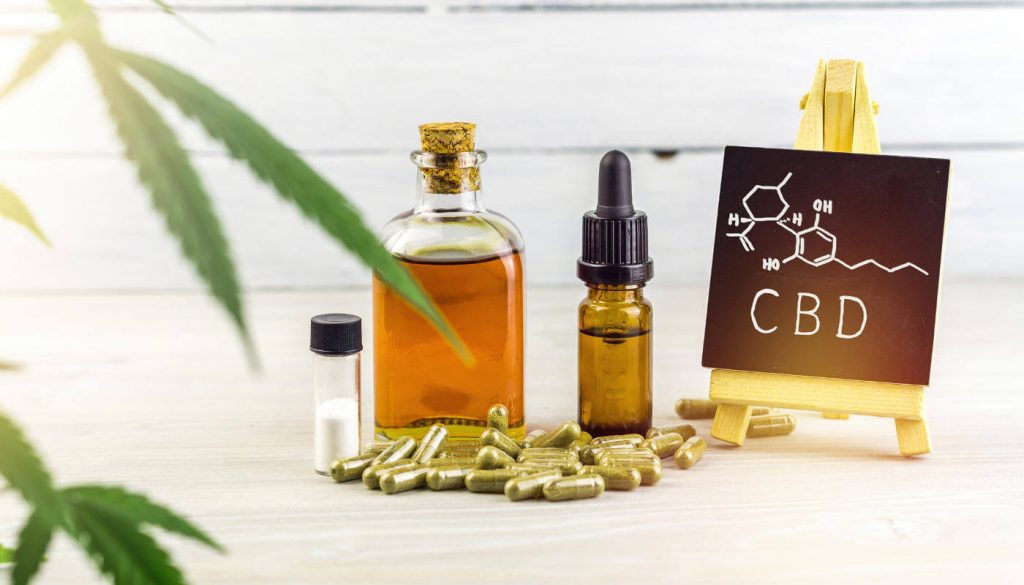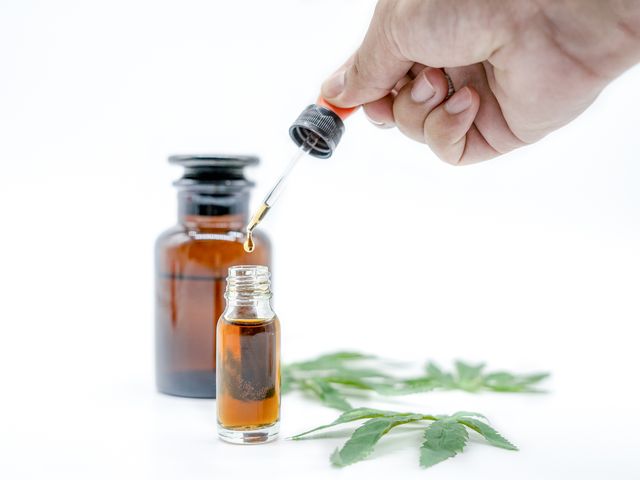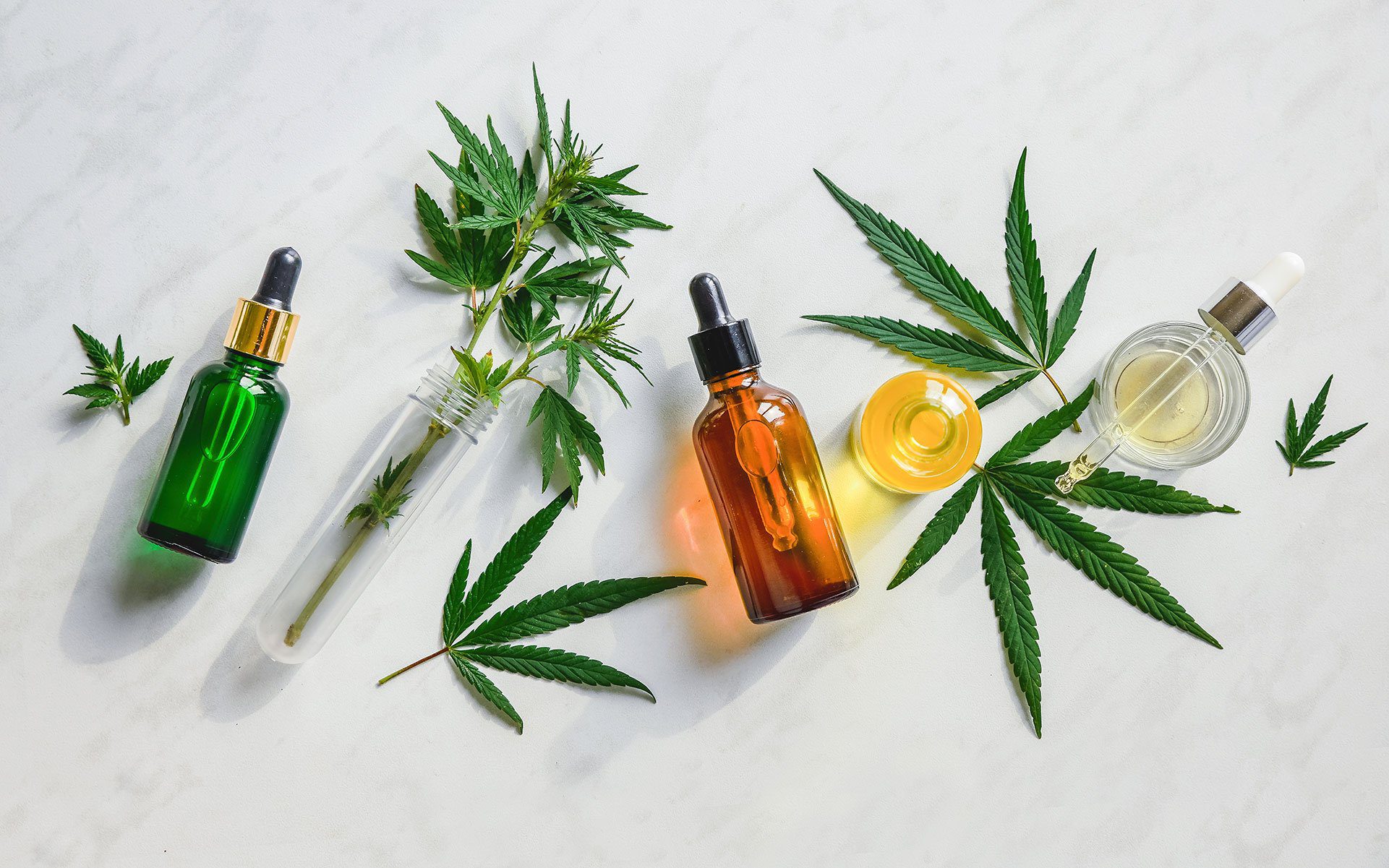Nowadays, CBD is everywhere. Oils, capsules, tinctures, sprays, vape liquids, skin and hair products, lip balms, gummies, candies, caramels, cookies, drinks or pet products –cannabidiol has found its way into almost everything. Since October 2019 when the new cannabis regulations came into effect, a wide variety of CBD oils, topicals, tinctures and edibles have hit the Canadian market. In the last few months, a huge number of specialized CBD stores and cannabis dispensaries have cropped up throughout the provinces and territories.
As many market analysts and cannabis experts suggest, CBD or cannabidiol products are fast gaining popularity as mainstream wellness solutions across the world. Each day, more and more people are starting to use CBD to treat a variety of medical conditions including chronic pain, inflammations, muscle spasticity, nausea, sleep disorders, depression, anxiety, PTSD and other mental issues.
However, the effectiveness of cannabidiol depends on whether you are using the right product or not. Not every CBD product has the same amount of cannabinoid in it or the same potency. It is therefore extremely important that you read the label of a CBD product to check out its contents and genetic makeup before buying it. Now, like all other food or nutritional labels, reading and decoding CBD labels can be very confusing for the uninitiated mind. To complicate the matter further, different countries and states can have different CBD label requirements under their own cannabis laws. No need to worry, this post will teach you how to read a CBD label. Here’s your guide to the CBD label requirements that will help you to make a more informed purchase of cannabidiol products.
A guide to CBD label requirements

For a person buying a CBD product for the first time, the medical information printed on the label may seem a bit alien. Under the federal and state cannabis laws of Canada, the manufacturers are bound to follow the strict CBD label requirements and display all the relevant information about the product along with required health warnings directly on the packaging. It is the responsibility of Health Canada to regulate and strictly monitor the CBD label requirements which are consistent for all cannabidiol products irrespective of their use and forms. So, if you learn to read the CBD label of any one product, you’ll understand them all.
Things to check out on a CBD label
Here is all the relevant information to look for in a CBD label:
Company Name
The first thing that you should check out while buying a CBD product is the name of the manufacturing company printed on the label. Do a little research online to find out whether the company holds all the required licenses. There are many companies that have been flagged by the federal or state health agencies due to misleading claims about the CBD concentration or the presence of harmful toxins in their products.
The website of the producer should also note the process of cultivation and the cannabidiol extraction method followed by them. All this information is extremely valuable to determine the quality of the product you are buying. CBD products coming from organic farms are always the best. Remember that buying from a relatively unknown company enhances the risk of getting into fraud and unsafe products.
Source of cannabidiol
To choose the best product for you, you need to understand where the cannabidiol is coming from and how it is extracted. If the label says ‘Hemp Extract’ or ‘Hemp Oil’, it means the particular CBD product contains no or less than 0.3% THC in it. You can find other terms like ‘Full Spectrum CBD’, ‘Broad Spectrum CBD’ or ‘CBD Isolate’ on labels that also indicate the source and extraction methods. Full Spectrum CBD products usually contain all naturally occurring cannabinoids and terpenes found in cannabis or hemp plants, including trace amounts of THC. Broad-spectrum CBDs, on the other hand, have all cannabinoids and terpenes except THC. CBD Isolates are the purest forms of CBD extracts that contain no cannabinoids and terpenes other than cannabidiol.
Check for third-party lab tests of the products
Go to the company’s website to check whether they make third-party lab tests to maintain a consistent quality of their products. Some products carry a QR code on the labels, you can scan it with your smartphone to get the lab test results. For many CBD gummies, however, you need to enter the specific batch number to see the lab report.
Determining the potency from CBD labels
Every legal CBD product displays the total amount of cannabidiol contained in the product along with the net weight of the product. Usually, the CBD content is expressed in milligrams. The number can either refer to the amount of cannabidiol in the whole package or in each serving depending on the type of product. In the case of CBD oils, vape liquids, balms and lotions, the label indicates how much CBD is there in the entire bottle or container. Gummies, capsules or candies, on the other hand, usually mention the content of CBD in each serving or dose.

Take a note of the serving size
Supplement information printed on the back or side of the packaging will tell you the usual serving size for the product. 0.5-1ml is the standard serving size of the CBD oils available in the market, but it can vary from product to product. It is not advisable to experiment with the prescribed serving sizes as too much of cannabidiol can have some adverse effects at times.
Never forget to check the full list of ingredients
If you are purchasing CBD oils or edibles, the products are likely to contain a variety of extra ingredients to absorb and preserve the cannabidiol. CBD oils, for example, use different kinds of oils like grapeseed oil, olive oil or MCT oil to stabilize the CBD. Edibles come with a variety of natural or artificial flavors and colors. Under the CBD label requirements, all these additional ingredients of a product must be duly listed on the label. Check it to ensure you are not allergic to any of the contents.
Manufacturing and expiration dates
Like all food and health products, always check the dates of manufacturing and expiration. This ensures that you are buying a product that hasn’t lost its effectiveness.
Now that you know how to decode and make sense of the CBD labels, you can make a better purchase next time. You don’t need to trust the retailer blindly and take their bold claims at face value, check out all the relevant information printed on the label yourself. Decide for yourself and buy the best product to suit your unique needs!

 DISCORD
DISCORD